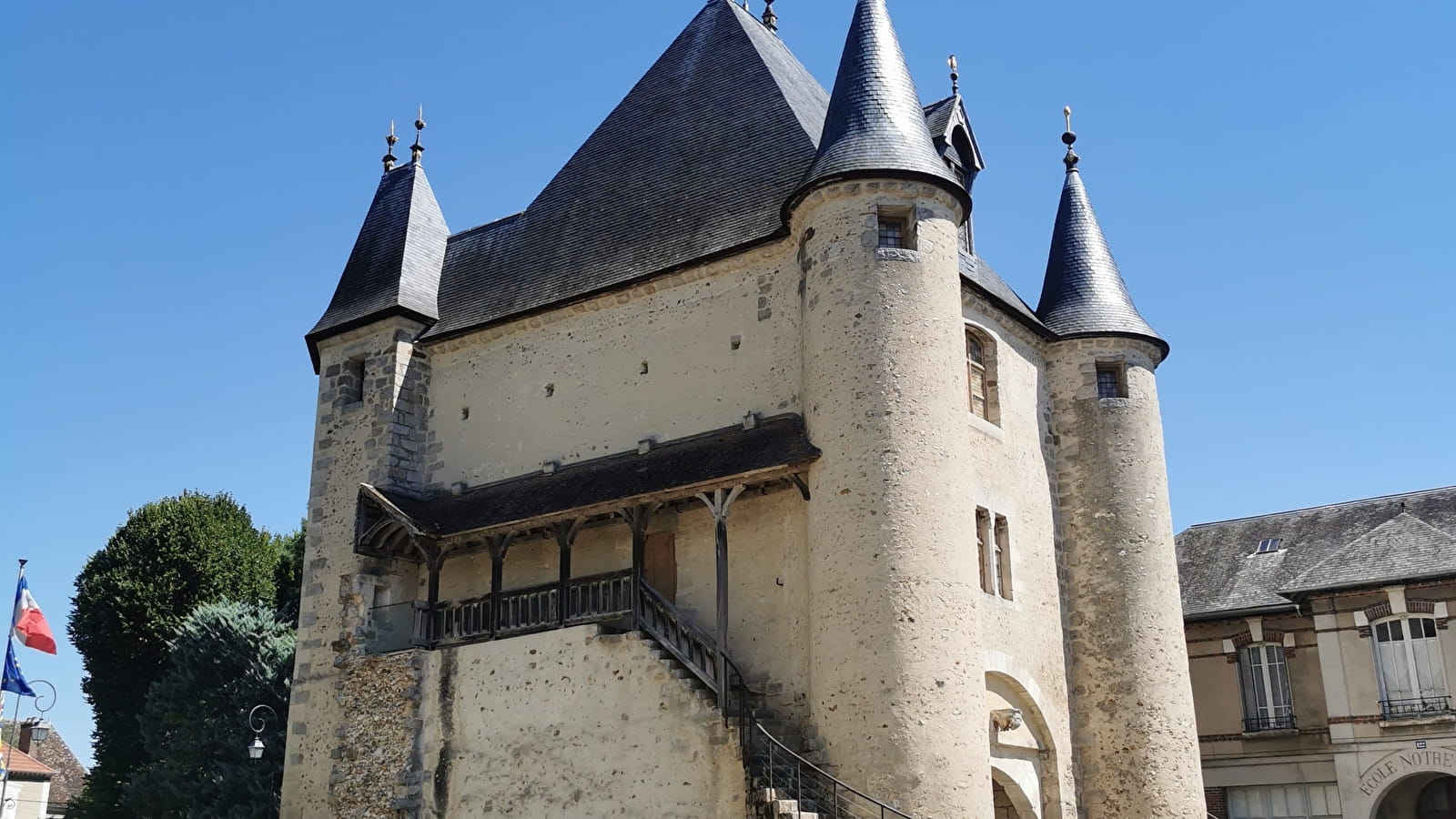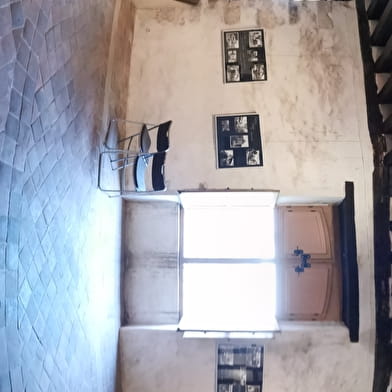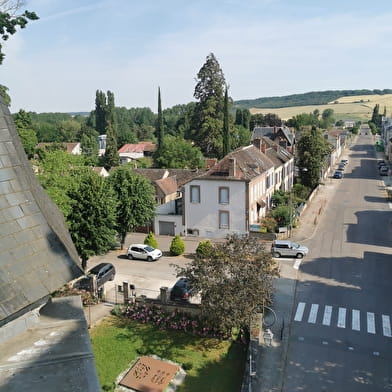
Porte de Sens
Built around 1200 on the orders of King Philip Augustus, this gateway is an exceptional example of the fortifications of the time, with its northern façade very little altered: it still has its defensive system characterised by its lateral spur towers and a set of angled lines that provided maximum protection and effectiveness for its defenders.
Under the vault, you can clearly see the grooves where the two portcullises slid to close the gate and form a real airlock, reinforced laterally by four arrow slits that allowed the defenders to crossfire on an enemy that had passed through the first portcullis. Stunners placed in front of the first portcullis and after the second completed the system. There was no drawbridge, which was unknown at the time it was built.
Within the walls, the staircases that gave access to the upper level of the gate and to the curtain walls that encircled the town over a perimeter of almost 2 km remain. Restoration of the monument in 1995 made it possible to restore, in the courtyard of the town hall (now Place Georges-Clemenceau), the rip in the wall and a loophole in the parapet walk, as well as the tiled roof that covered the curtain walls until the 17th century.
As with the Joigny gate, the current slate roof is a 16th-century addition, which saw the disappearance of the harrows and their lifting system.
It occasionally hosts exhibitions on national or international days: Heritage Days, Museum Night, etc.
Visits are available on request from the Musée-Galerie Carnot.
- French, English
- Pets not allowed
From 01/01/24 to 31/12/24
Visits: all year round by appointment (Tuesday to Saturday, 2pm to 5pm) and during the European Heritage Days.
Brochures Bourgogne Tourisme
Consult our brochures online or order them to receive at home





